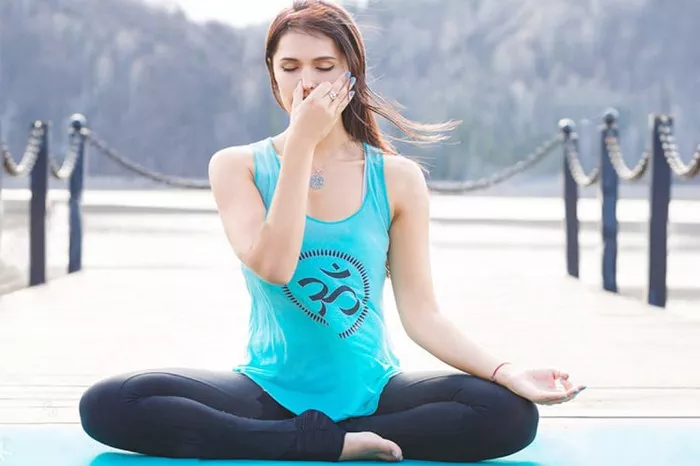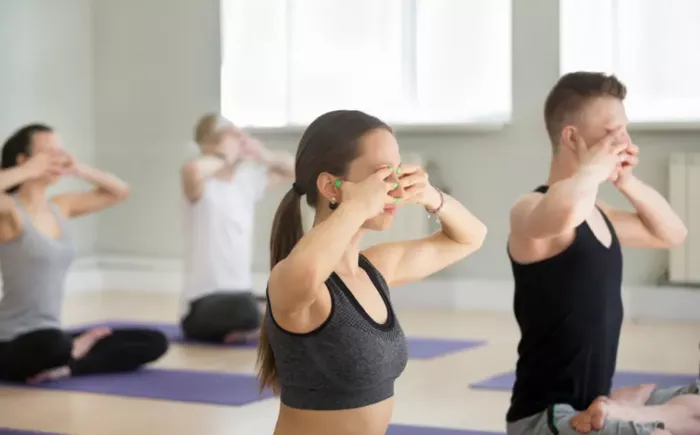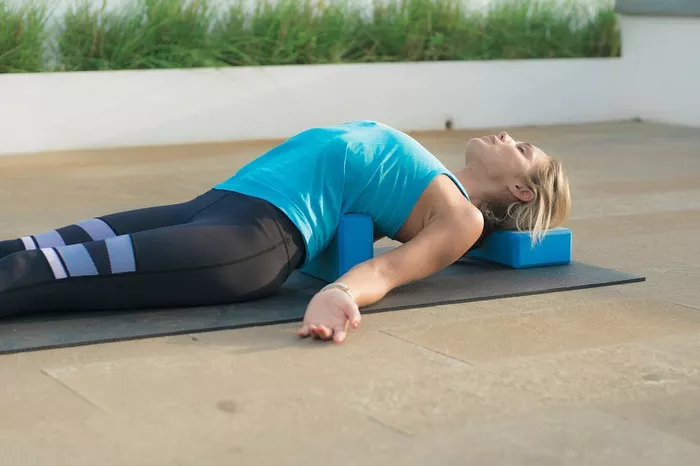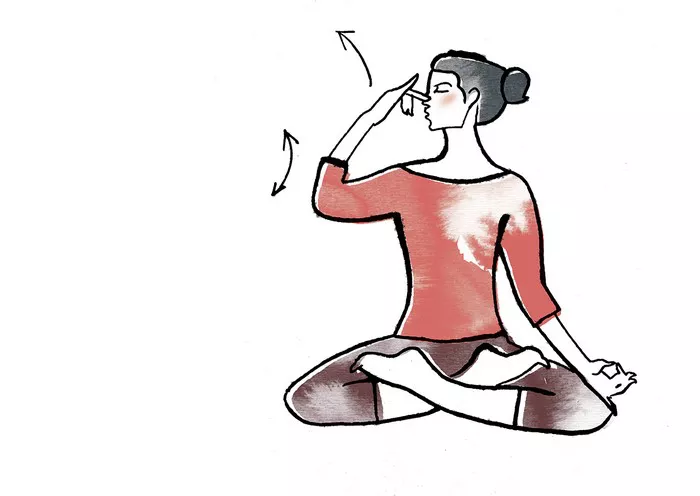Yoga is a transformative practice that combines physical postures, breathwork, and meditation to create balance in the body, mind, and spirit. Throughout its thousands of years of history, yoga has evolved into a diverse discipline, offering various styles and practices suited to different needs and goals. Whether you are seeking strength, flexibility, relaxation, or spiritual growth, yoga can provide the tools to achieve it. But with so many different poses (asanas) to choose from, a common question arises: what is the most powerful yoga pose?
While no single pose can be deemed the “most powerful” in a definitive sense, several asanas stand out due to their benefits, challenges, and ability to influence both the body and mind. In this article, we will explore some of the most impactful yoga poses, examining their physical benefits, their role in spiritual and mental development, and how they contribute to overall well-being. Ultimately, we will conclude that the most powerful yoga pose depends on the individual’s goals and the intention with which the practice is approached.
The Concept of Power in Yoga
Before diving into specific poses, it’s important to define what we mean by “power” in the context of yoga. Unlike conventional fitness routines that often emphasize muscle strength or endurance, yoga’s power is more holistic. It is the ability to cultivate balance, mindfulness, and resilience—qualities that not only benefit our physical health but also our mental and emotional well-being. Power in yoga can manifest in various forms:
Physical Power: This refers to the strength, flexibility, and stamina that poses develop in the body. Many yoga asanas engage multiple muscle groups and challenge the body in ways that improve posture, increase mobility, and build muscular endurance.
Mental Power: Yoga encourages focus, concentration, and self-awareness. Practicing challenging poses helps train the mind to overcome distractions, develop patience, and cultivate mental clarity.
Emotional Power: Yoga offers a path to emotional regulation and stability. Deep breathing techniques and meditative aspects of yoga help release stored tension, reduce anxiety, and promote feelings of calm and peace.
Spiritual Power: Yoga has roots in ancient spiritual traditions, particularly Hinduism and Buddhism, and serves as a means to connect with the inner self, achieve a sense of unity with the universe, and explore deeper consciousness.
With this understanding of “power” in mind, let’s explore some of the asanas that are often regarded as particularly powerful due to their multifaceted benefits.
1. Adho Mukha Svanasana (Downward-Facing Dog)
One of the most iconic and widely practiced poses, Adho Mukha Svanasana or Downward-Facing Dog is an excellent full-body stretch that builds both strength and flexibility. This pose is often considered a foundational asana in many styles of yoga, particularly in Vinyasa and Hatha yoga. In Downward-Facing Dog, the body forms an inverted “V” shape, with the hands and feet pressed into the ground and the hips lifted towards the sky.
Physical Benefits:
Strengthens the upper body: This pose engages the shoulders, arms, and wrists, helping to build strength and stability in the upper body.
Stretches the hamstrings and calves: The long hold of this pose stretches the back of the legs, improving flexibility in the hamstrings and calves.
Opens the chest and spine: The lifting of the hips and the extension of the spine offer a gentle opening to the chest, aiding posture and relieving tension in the back.
Mental and Emotional Benefits:
Reduces stress: By stretching the body and calming the nervous system, this pose helps to release tension and relieve stress.
Improves circulation: The inversion of the body improves blood flow to the brain, which can increase mental clarity and alertness.
Enhances mindfulness: The pose requires focus and concentration on body alignment and breathing, which encourages a deep sense of mindfulness.
2. Virabhadrasana (Warrior Poses)
The Warrior poses—Virabhadrasana I, II, and III—are named after a powerful Hindu warrior, Virabhadra. These standing poses are often regarded as powerful due to the intensity of the strength, endurance, and focus they require. Each variation targets different muscle groups, but all offer a sense of empowerment and determination.
Physical Benefits:
Strengthens legs and core: Warrior poses engage the quadriceps, hamstrings, glutes, and core, promoting strength and stability throughout the lower body.
Increases flexibility: While holding the poses, there is a deep stretch in the hips, hamstrings, and groin area.
Improves posture and balance: The grounded nature of the Warrior poses helps to improve balance and overall posture, encouraging a sense of rootedness.
Mental and Emotional Benefits:
Builds confidence: The commanding stance of these poses encourages a sense of power and confidence, both physically and mentally.
Focus and determination: The strength required to hold the poses for an extended period enhances mental resilience, focus, and concentration.
Encourages courage: Warrior poses invoke a sense of courage and inner strength, teaching us to face challenges with grace and resilience.
3. Utkatasana (Chair Pose)
Utkatasana, or Chair Pose, is a dynamic standing pose that engages the entire body, particularly the thighs, glutes, and core. Despite its deceptively simple appearance, Chair Pose is one of the most powerful asanas for building lower body strength and stamina.
Physical Benefits:
Tones and strengthens the legs: The deep bend in the knees works the quadriceps, hamstrings, and glutes, helping to build strength and endurance in the lower body.
Engages the core: To maintain balance and stability in the pose, the core muscles, including the abdominals and obliques, must remain engaged.
Improves posture: The positioning of the spine in this pose strengthens the back and encourages proper alignment.
Mental and Emotional Benefits:
Increases focus: The intensity of the pose requires concentration and mindfulness to maintain proper form and alignment.
Builds mental fortitude: Holding the pose for an extended time challenges the body and mind, teaching persistence and patience.
Stimulates the digestive system: The deep squatting position helps to stimulate the abdominal organs, aiding digestion and detoxification.
4. Natarajasana (Dancer’s Pose)
Natarajasana, or Dancer’s Pose, is a graceful and powerful asana that combines balance, strength, and flexibility. Named after the Hindu God Shiva, who is often depicted performing a cosmic dance, this pose embodies fluidity and strength.
Physical Benefits:
Stretches and strengthens: This pose deeply stretches the chest, shoulders, and thighs while strengthening the core, glutes, and leg muscles.
Improves balance and coordination: Balancing on one leg while reaching for the foot requires coordination and strengthens the stabilizing muscles in the lower body.
Enhances flexibility: The deep stretch through the back and hip flexors improves flexibility and opens the body.
Mental and Emotional Benefits:
Enhances focus and concentration: The balance required in this pose forces the practitioner to be fully present, cultivating mental clarity and focus.
Promotes inner harmony: The fluid nature of the pose, along with the opening of the chest and heart, can promote a sense of peace and connection with oneself.
Boosts self-confidence: Successfully holding the pose fosters a sense of accomplishment and boosts self-esteem.
5. Sirsasana (Headstand)
Sirsasana, or Headstand, is often regarded as one of the most advanced and powerful yoga poses. It requires a combination of balance, strength, and focus, making it both physically demanding and mentally stimulating. Known as the “king of asanas,” the headstand offers a deep inversion that can have profound effects on the body and mind.
Physical Benefits:
Strengthens the upper body and core: Headstands require significant strength in the arms, shoulders, and core to maintain balance and stability.
Increases circulation: The inversion improves blood flow to the brain, enhancing mental clarity and focus.
Promotes spinal alignment: Being upside down helps lengthen the spine and relieves pressure on the lower back, offering potential relief from spinal compression.
Mental and Emotional Benefits:
Calms the mind: Inversions like headstands are known to have a calming effect on the nervous system, helping to reduce anxiety and stress.
Boosts confidence: Successfully performing a headstand requires concentration, perseverance, and courage, which can lead to increased self-confidence.
Stimulates the pineal gland: The inverted position is believed to stimulate the pineal gland, which is associated with the regulation of sleep and the production of melatonin.
6. Setu Bandhasana (Bridge Pose)
Setu Bandhasana, or Bridge Pose, is a backbend that opens the chest and hips while strengthening the back, glutes, and legs. This pose is accessible to practitioners of all levels and can be a powerful tool for improving posture and relieving tension.
Physical Benefits:
Strengthens the back and glutes: The lifting action of the hips in this pose targets the lower back, glutes, and thighs, promoting strength and stability.
Opens the chest and heart: The backbend component of the pose helps to open the chest, improving posture and alleviating tension in the upper back.
Stretches the spine and hip flexors: The arching motion gently stretches the spine and the hip flexors, helping to release tightness in these areas.
Mental and Emotional Benefits:
Relieves stress: The chest-opening nature of the pose can help release emotional tension, making it a great pose for stress relief.
Improves focus: Holding Bridge Pose requires concentration to maintain balance and alignment, enhancing mental clarity.
Boosts energy: The gentle inversion and backbend provide an invigorating effect on the body, promoting energy and vitality.
Conclusion
As we’ve explored, there is no single most powerful yoga pose. The power of each asana is unique to the practitioner and their goals. For some, poses that build physical strength, like Warrior Poses or Chair Pose, may feel empowering. For others, poses that foster mental clarity, like Headstand or Downward-Facing Dog, may be more potent. Ultimately, the power of a yoga pose lies in the intention behind the practice and the ability to connect the body, mind, and spirit.
The most powerful pose is not necessarily the one that is physically demanding or complex, but the one that allows you to cultivate strength, presence, and inner peace. Whether you are working towards a specific physical goal or seeking a deeper sense of balance and calm, each pose offers a pathway to personal growth and transformation.
Related Topics:























